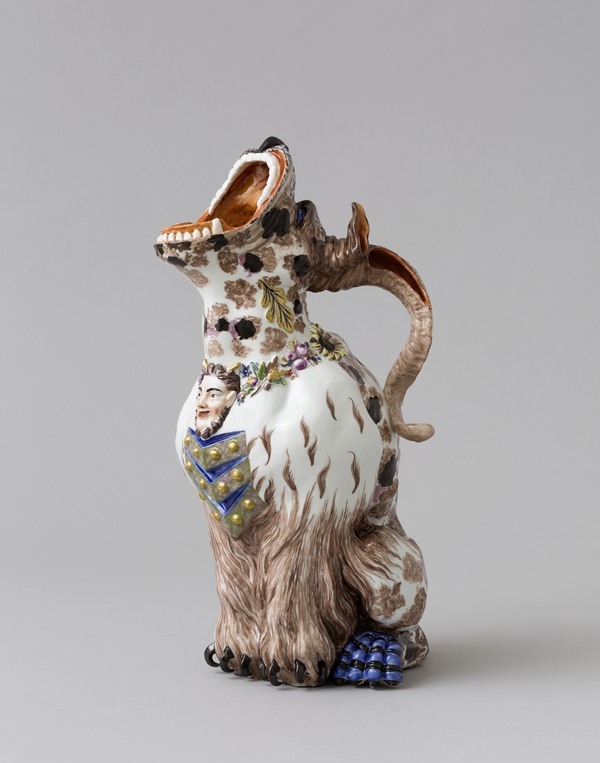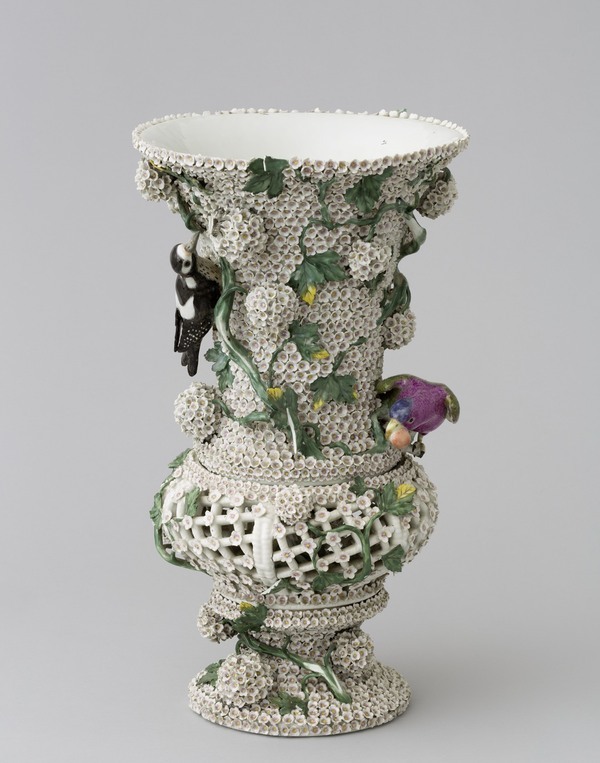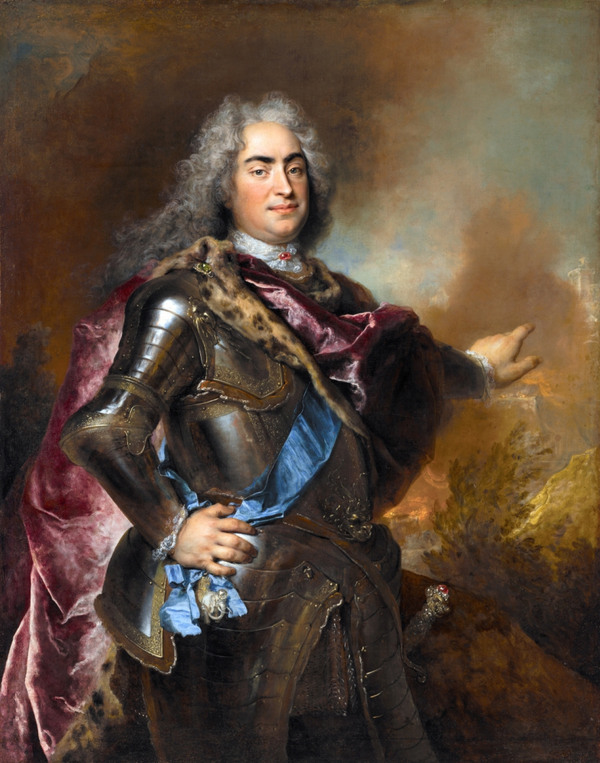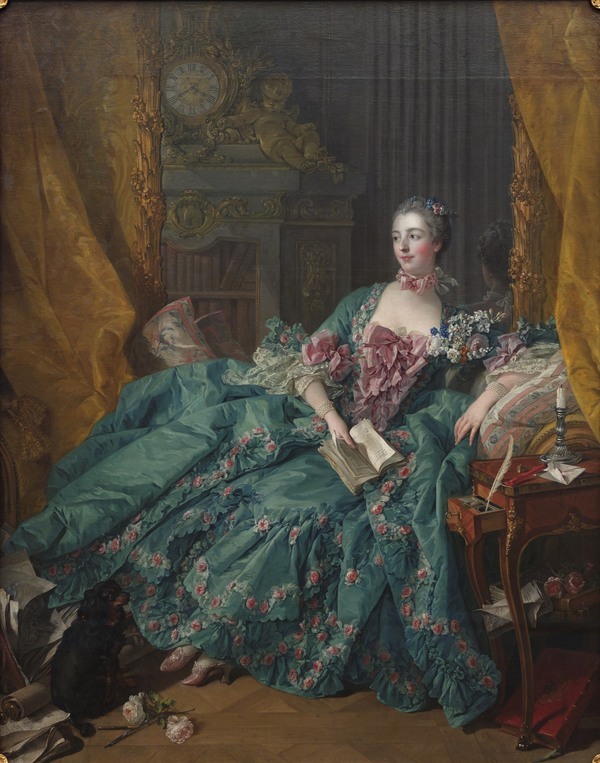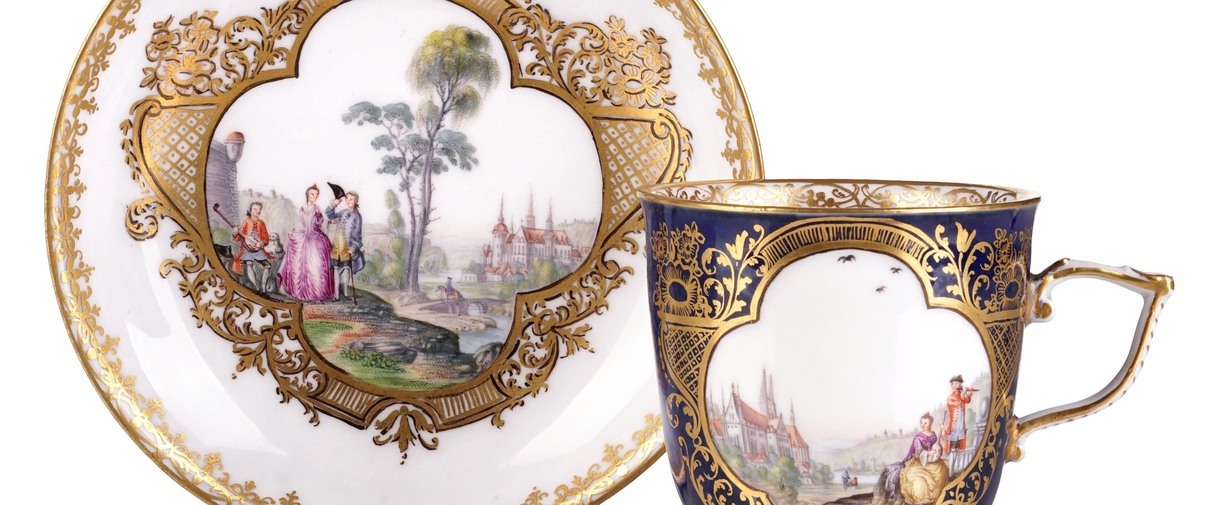Design
The Porcelain Fever exhibition takes visitors through six regally designed rooms, where they will encounter the earliest experiment from Italy, Augustus’ frenzied amassing of Asian porcelain and Meissen’s first experiments, as well as a life-size zoo. Visitors not only come face to face with Augustus the Strong and Madame de Pompadour, but also other European monarchs and the porcelain that connected them. The exhibition ends in the splendour of the French court, resplendent with flowers, ornate frames, soft colours and painstaking details. The spatial design of the exhibition is by Tatyana van Walsum; the graphic design by Marline Bakker-Glamcult Studio.
Publication
The exhibition will be accompanied by a richly illustrated, 224-page publication that dives deeper into the remarkable genesis of European porcelain, based on a number of key figures. Rarely has an art history book been populated by such colourful characters, so much intrigue and so many lavish and exuberant objects. In addition to the curators of the exhibition, Denise Campbell and Laura Smeets, the publication includes contributions by experts from Germany, France and England.
The bilingual (Dutch and English) catalogue Porseleinkoorts. Het wonderbaarlijke ontstaan van Europees Porselein / Porcelain Fever. The wondrous origins of European Porcelain is published by Waanders Uitgeverij Zwolle, and costs €29.95.

